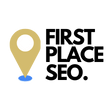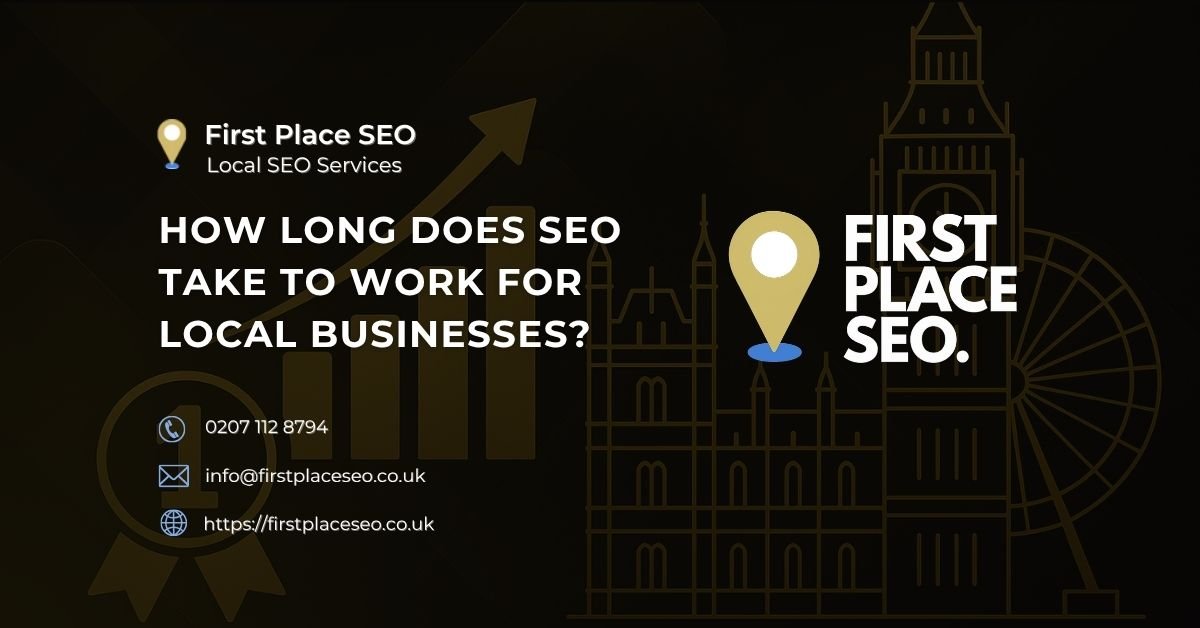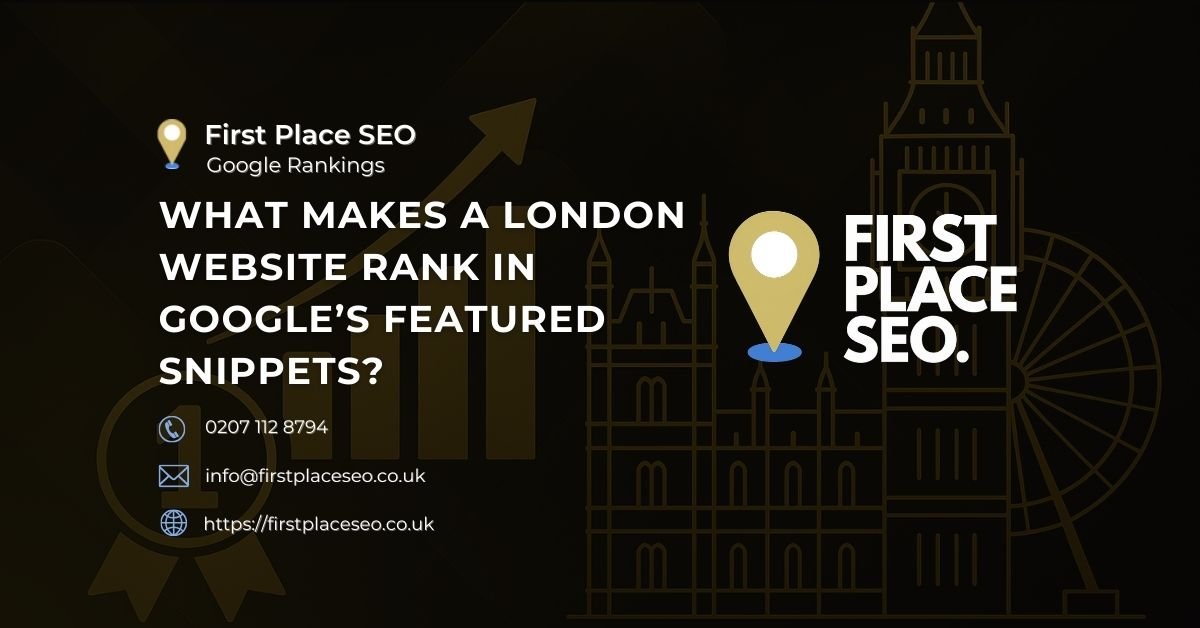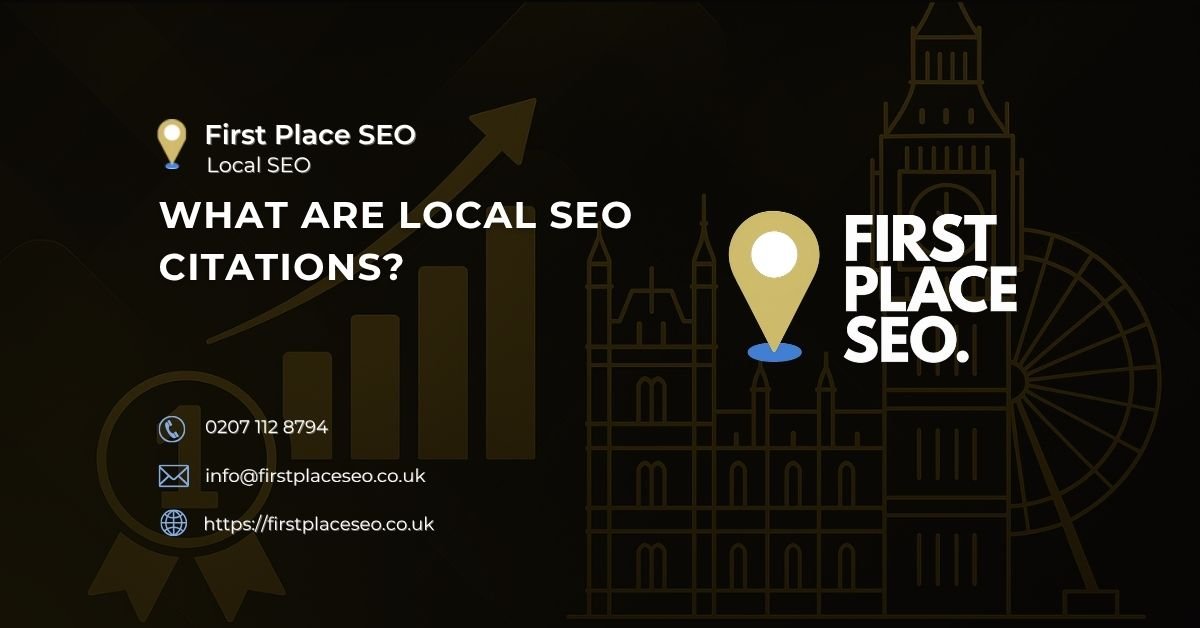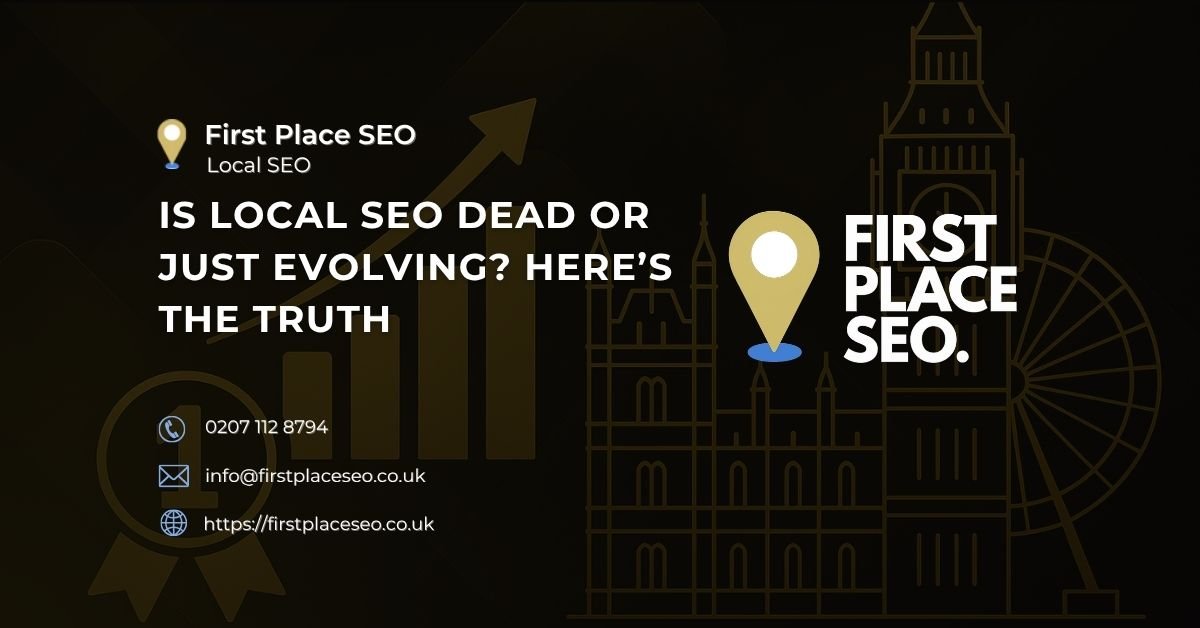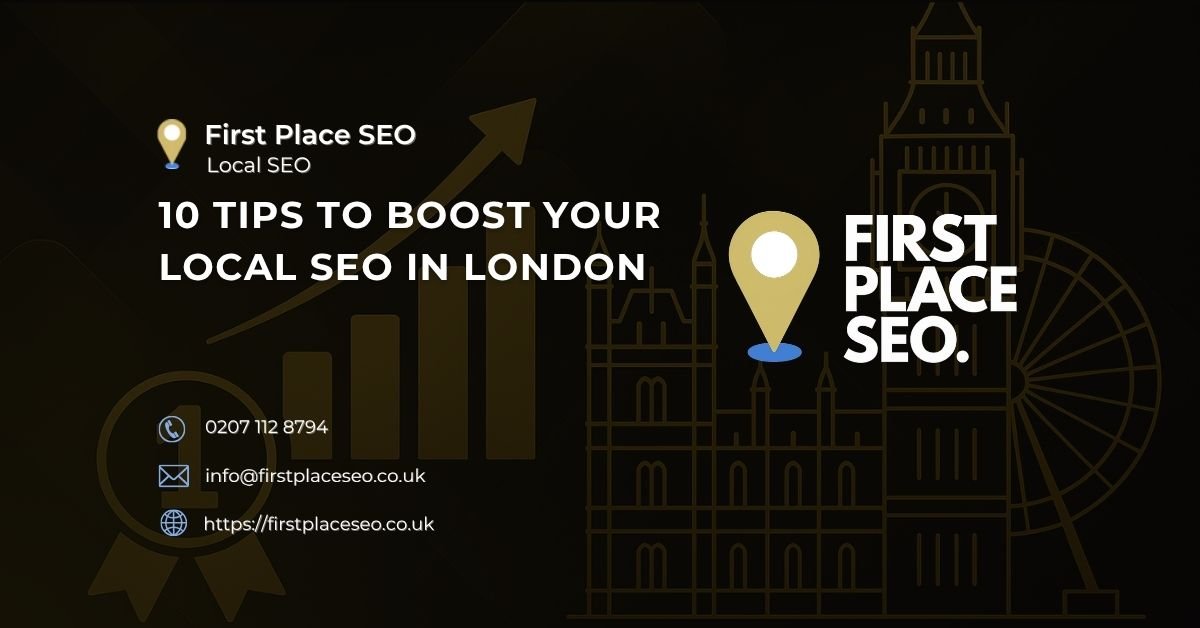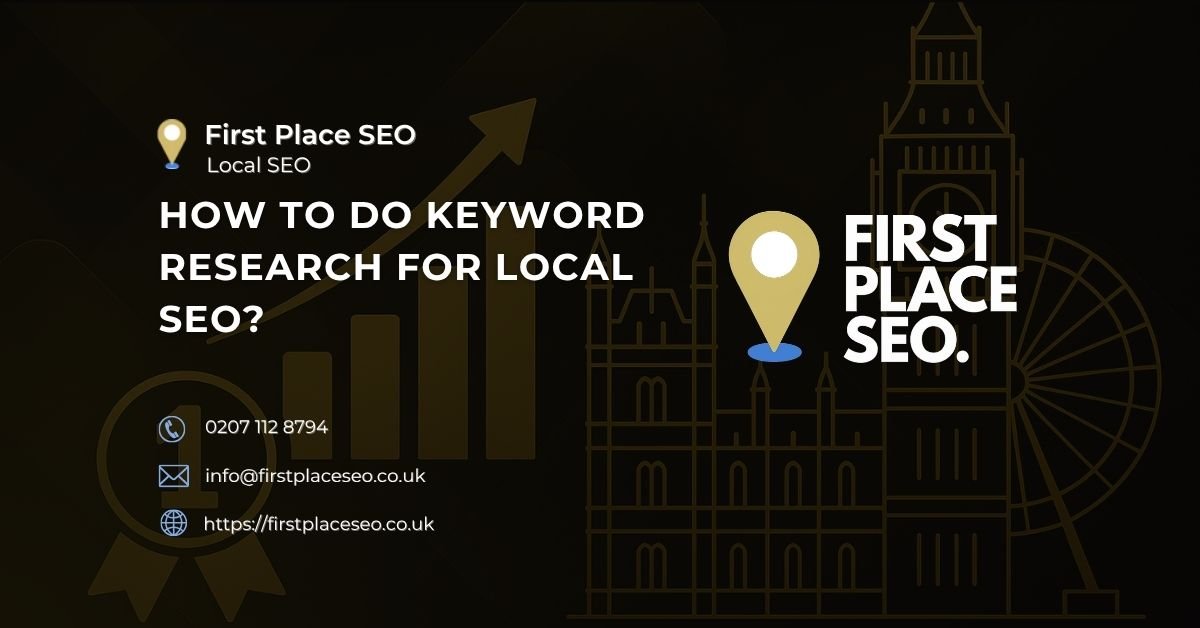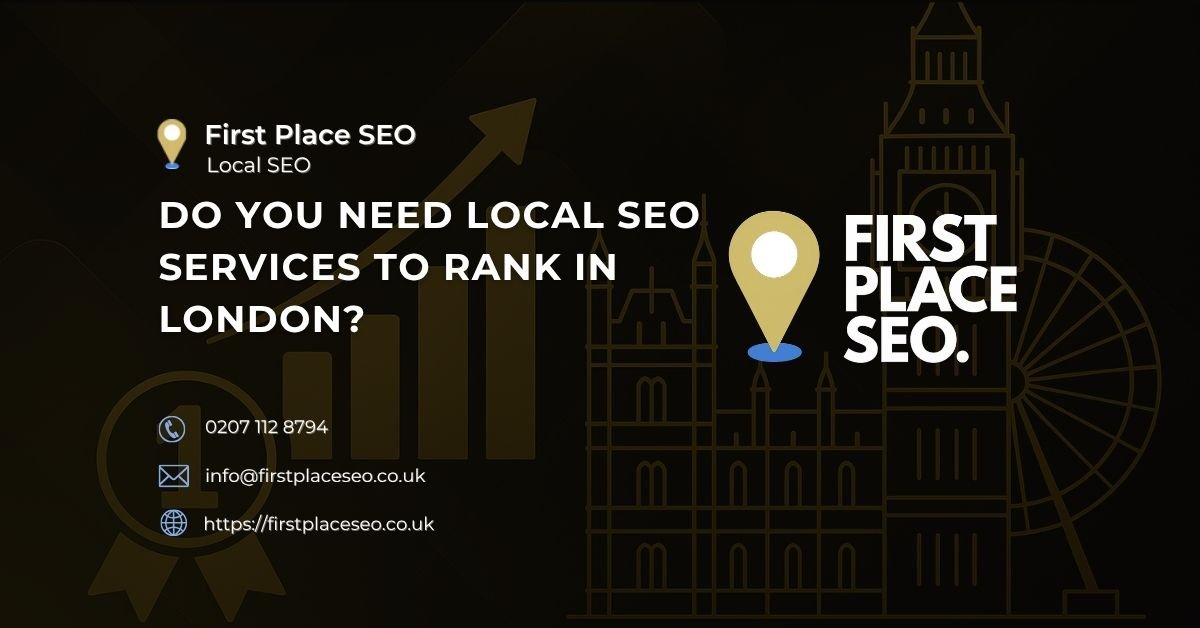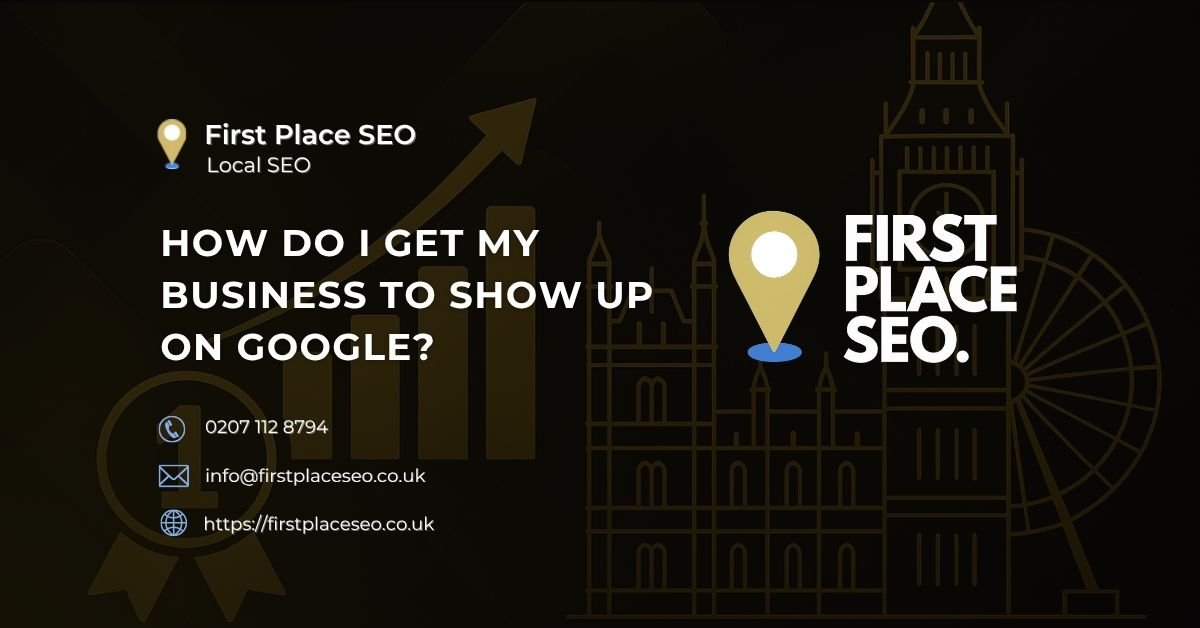How long does SEO take to work for local businesses in the UK?
Search engine optimisation for local businesses in the UK usually starts to show signs of progress within 8 to 12 weeks. The speed of results depends on your industry, how competitive your location is, and how consistently your SEO is being managed. Some businesses may see movement as early as four weeks, while others might need three to six months to see meaningful changes in rankings, visibility, and enquiries. This guide sets out exactly why SEO takes time, what realistic progress looks like, and how local businesses can speed things up with the right strategies in place.
Here's What We Have Covered In This Article
The Illusion of Instant Rankings: Why Local SEO Works on a Delayed Timeline
SEO Doesn’t Work Like Paid Ads
If you’re expecting SEO to behave like paid search, results can feel slow. Ads deliver immediate exposure because placements are bought. SEO, however, is based on Googlebot’s crawl schedule, indexing behaviour, and how your content performs with users over time. For brand new websites or those with low authority, it can take several indexing cycles before you even appear for relevant keywords.
How Google Tests New Pages
Once your content is indexed, search algorithms place it in lower rankings to measure behaviour signals. These include click-through rate, bounce rate, dwell time, and page engagement. Google wants to know if users find your content helpful. This is part of the search engine’s continuous quality scoring, which plays a major role in whether your page moves up in search results. These cycles often lead to ranking fluctuations before stability sets in.
Building Trust Signals Across the Web
To build authority in local SEO, your online presence must consistently reflect accurate business data. This includes matching NAP (Name, Address, Phone number) information across citations, building positive review momentum, and integrating structured data on your site. These trust signals influence crawl frequency and index freshness. Google recognises businesses that show consistency, gain legitimate backlinks, and engage with users through their Google Business Profile.
Pro Tip : Use location-modified keywords – Instead of just “plumber”, use terms like “emergency plumber in Bristol” across your headings, URLs, and image alt tags.
Need Help With Technical SEO?
Save time and get it done right. Our team can audit your site and fix errors you didn’t know were holding you back.
Ranking Doesn’t Equal Revenue: Why Local Visibility Alone Doesn’t Drive Sales
Why Am I Ranking But Still Not Getting Enquiries?
You might be showing up in the local pack or on page one, but rankings alone do not lead to conversions. Most people who search online take time to make decisions. They explore websites, read reviews, check prices, and evaluate options. These moments of research often lead to delayed conversions. This is especially common in industries with longer buying cycles such as home improvement or legal services.
What Does Impression Lag Mean in Local SEO?
When your visibility improves but you are not seeing more enquiries, it is usually due to impression lag. This means your business is now being seen in search, but users are still thinking. They might click through multiple listings or save businesses for later. It takes multiple brand exposures before most people are ready to reach out. This hesitation phase is where content quality, clear service descriptions, and strong calls to action can make all the difference.
Turning Visibility Into Conversions
To improve lead generation, focus on building credibility and confidence once someone finds you. Make sure your phone number is visible, your reviews are current, and your website is fast and mobile friendly. Responding to Google reviews, posting regular updates to your Google Business Profile, and including location-based service pages also helps users feel assured that your business is active and trustworthy.
You can use tools like Google Analytics and CallRail to track which channels are driving calls and form submissions. This shows you how visibility turns into revenue over time.
Being in the Local Pack Is Not the Finish Line
Ranking in the map pack gives you exposure, but users will still compare options. If your listing shows fewer reviews, poor photos, or unclear services, they may skip you. You need to treat this as the moment to convince. Optimised GBP descriptions, quality visuals, and recent reviews play a big part in helping searchers choose you. Ranking is a win, but conversion depends on what people see once you earn that spot.
How do local businesses build trust with search engines?
Why Trust Signals Take Time to Build
Trust in local SEO builds gradually. Businesses need to send consistent and accurate signals across different platforms. Google assesses citation consistency, review volume and freshness, engagement with your Google Business Profile, and the presence of structured data markup. These elements all help establish your business as trustworthy and locally credible. Review patterns also matter. A steady flow of positive, locally relevant reviews that include keywords related to your services can improve authority scores.
The Role of Citations and Reviews in Local Trust
Citations act like references across the internet. When your business name, address, and phone number appear identically across directories such as Yell, Thomson Local, Bing Places, and community listings, this reinforces your legitimacy. Regular reviews written by real customers contribute additional trust signals. It helps when these reviews mention your services and locations, creating semantic alignment between what people say and what you offer.
How Google Business Profile Interactions Build Credibility
Google observes what users do with your Business Profile. This includes direction requests, clicks to call, and responses to reviews. Listings that regularly update their hours, photos, and offers tend to perform better because they appear active. The more users interact with your listing, the more likely it is that Google will reward you with higher visibility in the local map pack.
Pro Tip: Keep a review cadence – Ask customers for reviews on a regular schedule. A burst of 5-star reviews once a year is less helpful than a consistent flow each month.
Automating Local Authority: What is programmatic SEO and how does it help?
Programmatic SEO Explained for Local Businesses
Programmatic SEO helps businesses build scale by creating pages that target specific services in specific locations. If you operate in multiple cities, you can create location pages that reflect each area. For example, a dental clinic could create pages for teeth whitening in Liverpool, braces in Stockport, and emergency dental care in Sheffield. These pages should be unique but follow a template that ensures consistent on-page SEO and internal structure.
Structuring Pages to Avoid Duplication
To avoid duplicate content issues, each page should include custom information such as local reviews, service FAQs, photos of completed work in that area, and location-relevant content. Use structured data markup to identify the page purpose clearly. Schema types like LocalBusiness, MedicalClinic, or HomeAndConstructionBusiness depending on your industry help search engines match your pages to local user intent.
Scaling Local SEO With Geo Pages and CMS Tools
Systems like WordPress or Webflow combined with SEO plugins allow you to build geo pages efficiently. Tools like Screaming Frog and Sitebulb can scan your site for missing tags, duplicate titles, or broken links across those pages. Combine your CMS with keyword research tools to match content with long tail local search terms. Examples include “best boiler engineer in Barnsley” or “24 hour locksmith Huddersfield.”
What should you expect from a local SEO campaign over 12 weeks?
Weeks 1 to 2: Setup and Baseline Audit
This is your preparation period. During this time, your site is being audited for crawl issues, page structure, and NAP consistency. You will submit your sitemap, verify your business profile, and start claiming citation listings. Most of the work here is technical and invisible to the public, but it lays the groundwork for visibility.
Weeks 3 to 4: Early Impressions and Crawl Activity
Search engines begin to crawl the updated content and site structure. Impressions may rise in Google Search Console. You might begin appearing for longer tail queries. Ensure each core service has a unique page and that content includes semantically relevant phrases like “affordable roof repair” or “licensed gas engineer”.
Weeks 5 to 8: Ranking Movement and User Behaviour Signals
Now Google is gathering behavioural data. Time on site, bounce rate, and return visits all feed into your trust profile. Keep your reviews coming in and post regular updates on your Google Business Profile. You may also see your listings appear in “people also search for” sections.
Weeks 9 to 12: Local Pack Inclusion and Conversions
Businesses that maintain momentum will often begin to appear in local packs. Your phone may ring more often and form submissions may pick up. Use call tracking and analytics to tie keywords to revenue. Monitor keyword rankings with BrightLocal or SERanking and track top converting queries such as “emergency vet near me” or “local solicitor open now.”
Confused About Keyword Strategy?
Let us build a data-backed keyword map for your business in 5 days or less.
What else affects how long local SEO takes?
The difference between perceived timelines and actual timelines
Many small businesses think in terms of monthly results. They measure ROI in short bursts, expecting weekly jumps in rankings or leads. Meanwhile, Google evaluates trust signals over longer periods such as quarters. This gap between how business owners measure time and how search engines assess credibility often leads to misunderstandings. Being aware of this helps set more realistic expectations and avoid premature frustration.
How local algorithm updates create ranking volatility
Even local search results are affected by Google’s core and local algorithm updates. You may see sudden ranking drops or jumps that have little to do with your competition. Google frequently tests results to see how users respond to different listings. These temporary shifts are part of how the algorithm learns what works best. Businesses that stay consistent through these changes often come out ahead once things stabilise.
SEO momentum can fade if efforts pause too early
Once businesses start seeing results at the 12-week mark, many assume the job is done. This can trigger what SEO professionals call momentum decay. Without continued updates, fresh reviews, and new backlinks, trust signals begin to fade. Search engines notice reduced activity and may deprioritise the business in rankings. Keeping momentum with regular updates is one of the most overlooked parts of local SEO success.
Why personalisation changes what people see in search
Local search results are now personalised based on device location, user history, and even the time of day. Two people searching the same phrase may see completely different results. This makes traditional rank tracking less reliable. Instead of focusing only on position, businesses should also track impressions, engagement, and conversions to get a fuller picture of SEO progress.
Final thoughts
Local SEO is a long term strategy built on trust, consistency, and value. While quick wins do happen, sustainable growth comes from sending the right signals to search engines and users alike. Make sure your site structure is clear, your service pages are relevant, and your listings are consistent.
The businesses that succeed are not always the largest or flashiest. They are the ones that commit to regular content updates, ask for customer reviews, and focus on providing a reliable experience across search and on-site. That steady investment earns lasting results.
